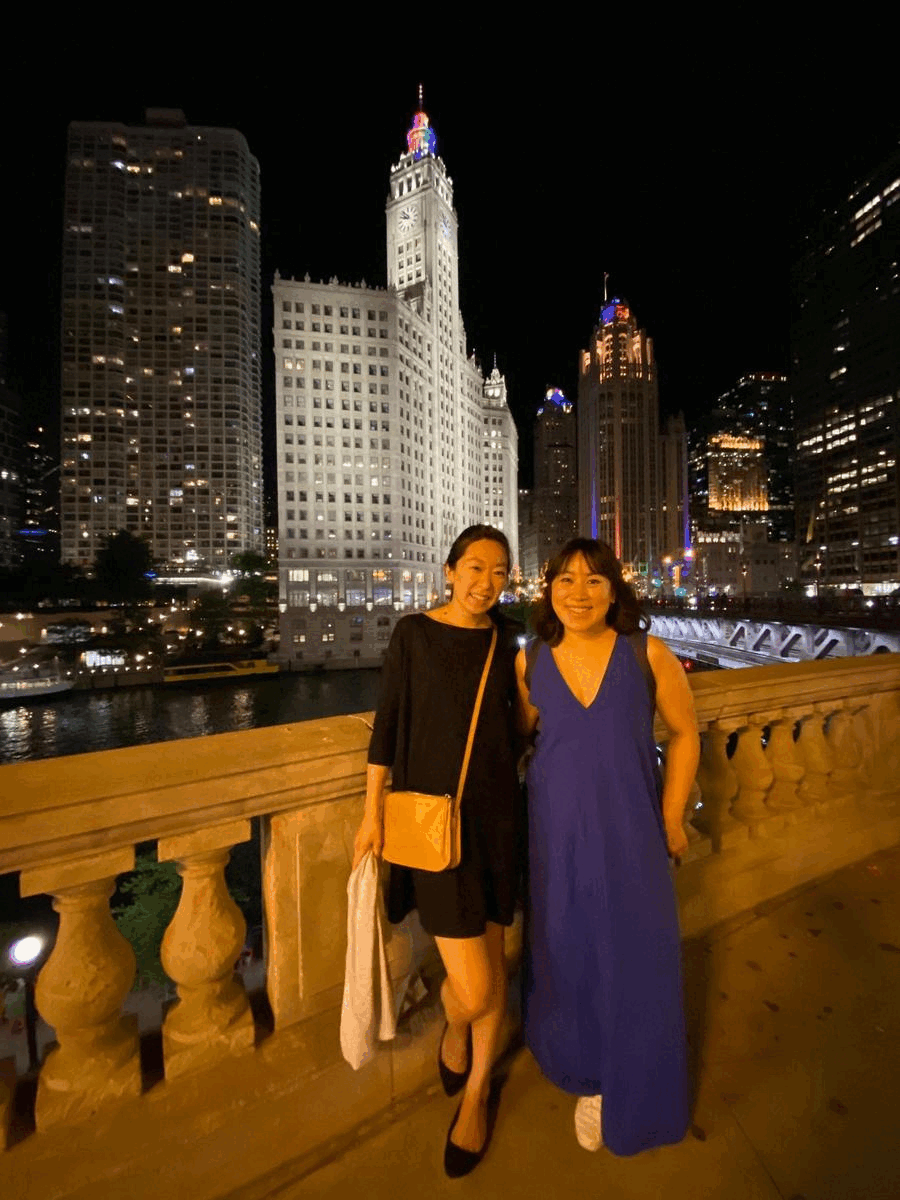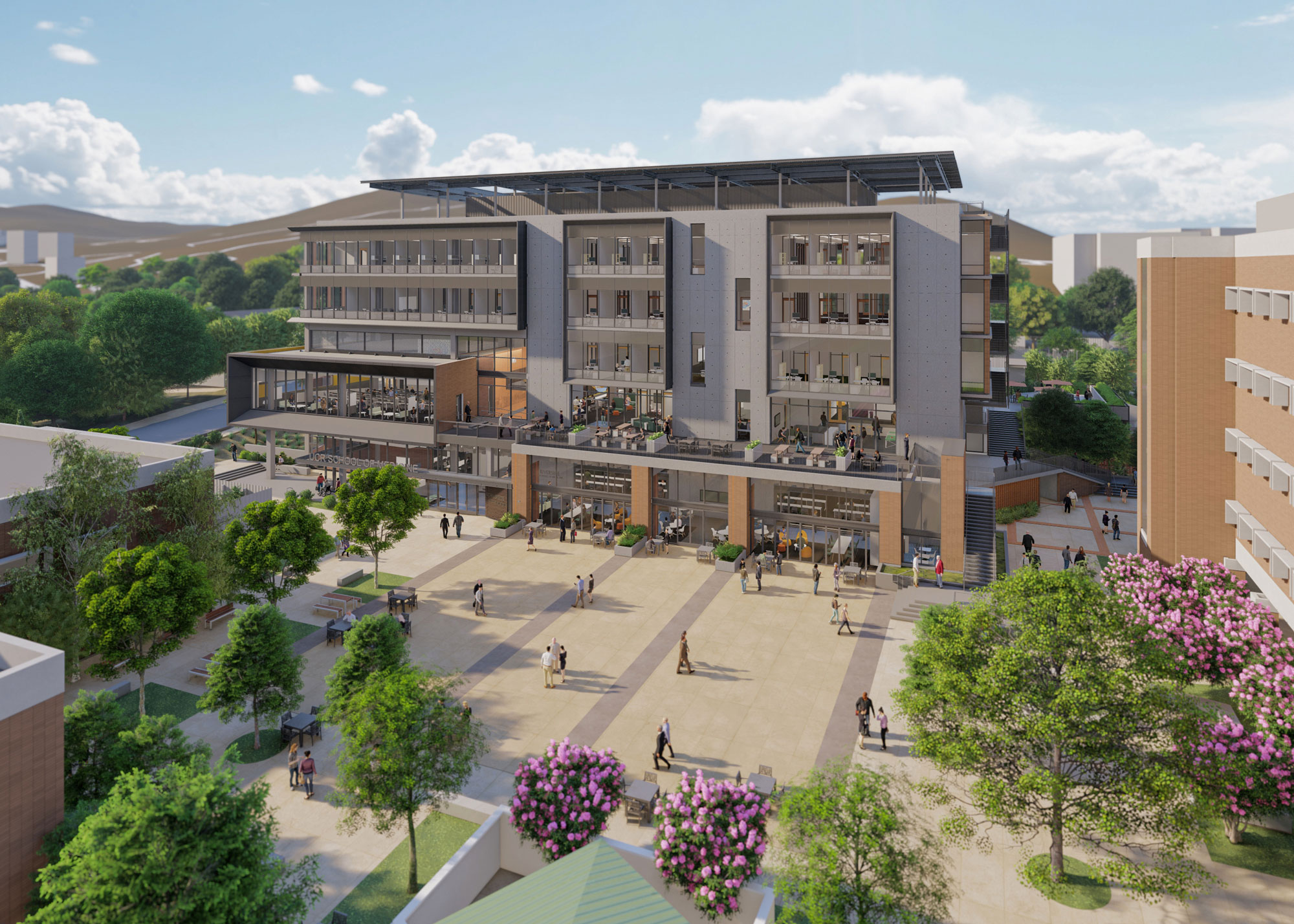2022 AIA National Conference in Chicago Recap
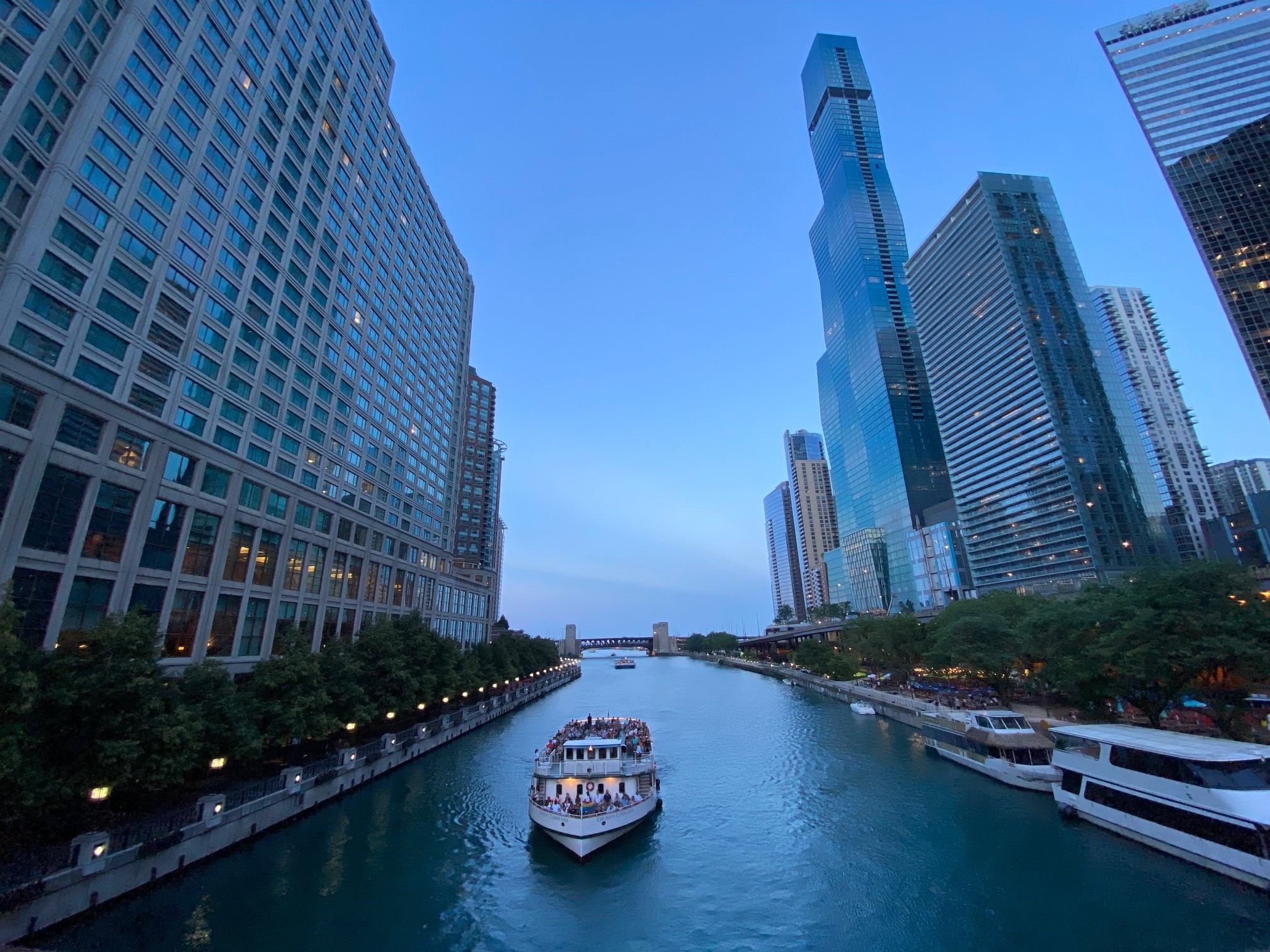
COworkers Jen Wong and Jenn Carter attended the AIA National Conference in Chicago for the first time this year. They shared their key takeaways, experience on the architectural tours, and their favorite places in Chicago.
1. Which tour did you enjoy the most?
JW: Of the three tours I attended, I enjoyed the tour of Chicago’s westside city of North Lawndale. The tour highlighted projects from the 2021 Chicago Architecture Biennial, The Available City, which showcased designs that activate existing vacant urban spaces. We met the people leading the effort and maintaining the public spaces for and with the community. Projects included – Bell Park (Studio Barnes in collaboration with Shawhin Roudbari, MAS Context and Outpost Office), YMEN North Lawndale Bike Box (Sekou Cooke Studio), CCA Academy PermaPark (Bitttertang Farm), Central Park Theater (Manuel Herz Architects), and El Paseo Community Garden (Studio Ossidiana, Outpost Office). Due to rain and time constraints, we didn’t make it to Soil Lab (Soil Lab).
North Lawndale was a neighborhood where Martin Luther King Jr. and his family once resided. The community leaders running the spaces were so grateful to have architects come out to see their neighborhood and encouraged people to visit versus only seeing it from the media's viewpoint.
JC: The tours of Chicago were probably the highlight of the conference for me, so it was wonderful just to be immersed in all the layers of the city from the architectural river cruise to Frank Lloyd Wright’s home and studio in the quiet suburbs of Oak Park. The river cruise showcased Chicago’s vast playground of architects, architectural styles, history of design and its people. While the city invited us to look far and high, Oak Park (and Frank Lloyd Wright’s work specifically), grounded us and beckoned us to look closely at his every intent and attention to detail.
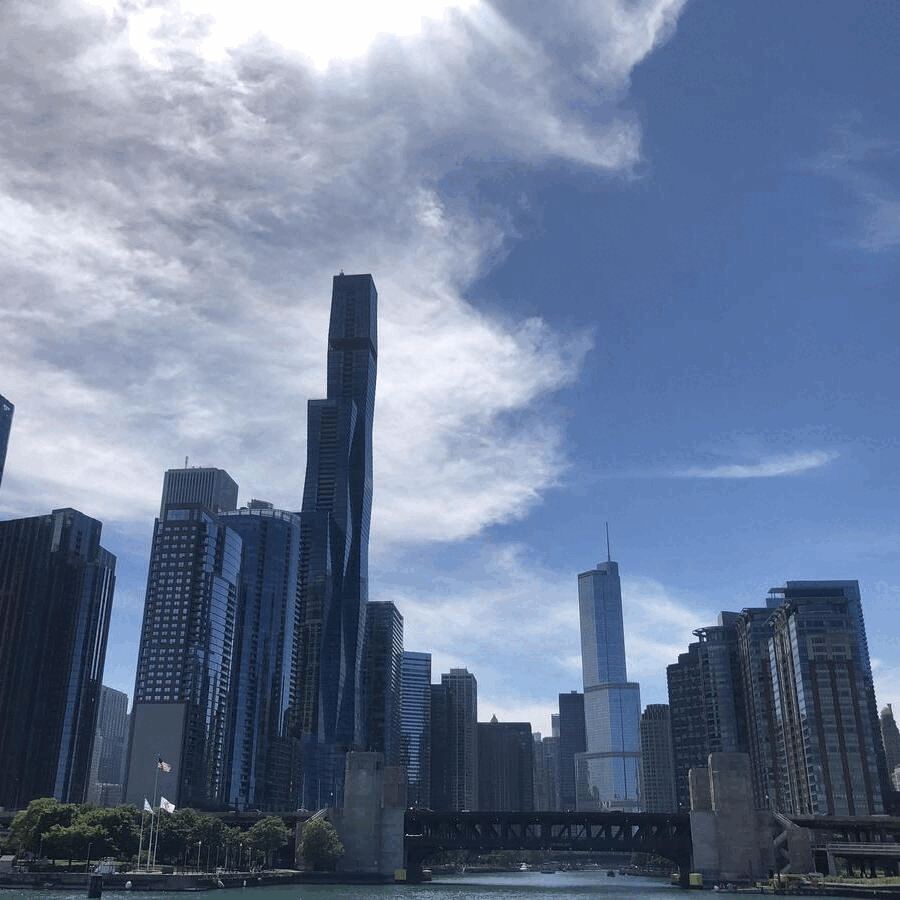
2. Who was the most inspirational keynote speaker? What did you learn from them?
JW: It’s hard to deny Barack Obama, who closed out the conference, was one of the most inspirational keynote speakers. He stressed the importance of building a culture focused on providing power to people within a team that will allow them to do their best work and feel the investment. To build a culture of accountability, responsibility and effort requires focusing less on hierarchy – everyone counts and is important. Diversity shouldn’t be limited to what’s visible but should include a diversity of ideas.
Other than Obama, I enjoyed the conversation Jeanne Gang, FAIA, Vishaan Chakrabarti, FAIA, and Renee Cheng, FAIA had with Lee Bey. There were so many nuggets of information shared. Vishaan and Renee ended up being the stars of the conversation with data and articulated arguments for how we as architects can do better. Renee asked us to crack open the elite and mystique persona we as architects give off and widen where we look for talent. We do not need to wait for the future / next generation to be the catalyst for change – we can join in and start now.
JC: “Your value [as a team member] is not based on your status, but on the quality of your ideas.” - Former President Barack Obama. Obama discussed his lessons in leadership, and whether one is leading a team of 30 or 3 million with trillions of dollars in budget, it was most important to him to build a team that felt enabled to do their best...because people can tell the phonies from those who really want to see them excel. He said hierarchy was not important to him at his round tables and would frequently call on the “you, back there” for their thoughts on an issue, which set a tone for everyone else in the room. This is something I want to remember long into my career.
I was also inspired by the panel discussion between Jeanne Gang, FAIA, Vishaan Chakrabarti, FAIA, and Renee Cheng, FAIA. There is so much talk these days of wanting to see more representation, someone who looks like me in the seat of leadership as a person of color, more of this, more of that… which can sometimes feel like background noise or a mere trending topic at best. But hearing Renee Cheng speak (with all her poise, her intelligent and thoughtful answers, her confident grace) had me thinking for the first time that I never knew to seek that, desire it even…that I too desired to see someone like me in the seat of leadership – a female, Asian-American, architect with something meaningful to contribute.
3. What seminar or practicum had the biggest impact on you?
JC: Perhaps one of the quirkier courses I was able to attend, was a tour of the John G. Shedd Aquarium – a 100-year-old neo-classical style aquarium that opened to just a few thousand guests in its first year and now sees over 2 million guests every year. The last time they had to refinish and redo the Beluga Tank, it took 9 months and $80 million to relocate / rehouse all the animals, drain 2 million gallons of water, renovate, and return all animals back to their facilities. The Shedd Aquarium has taken tremendous steps toward conservation and making an impact (or not making an impact) on the environment. We were able to tour their control room which meticulously monitors heat, energy usage, water filtration, temperature…and has since 2011 reduced water usage by 50% and waste by 82% (that’s 82% of waste not going to the landfills!)
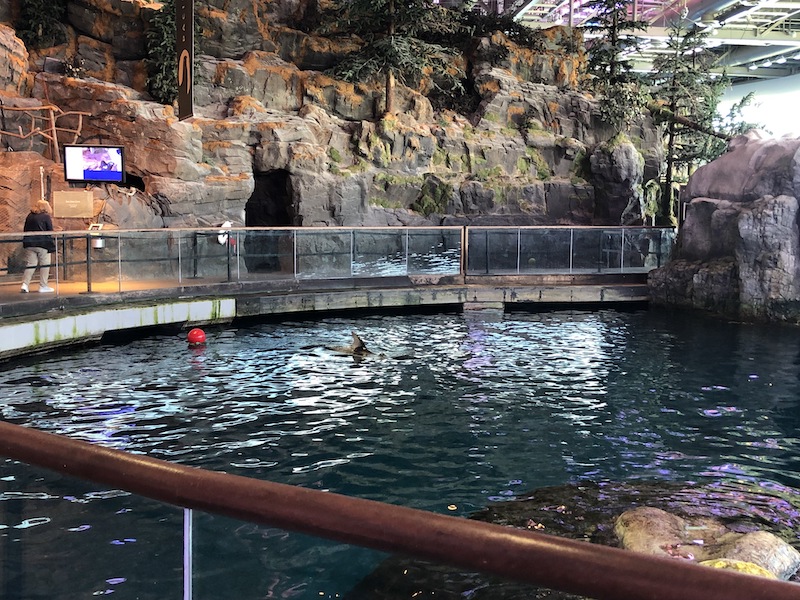
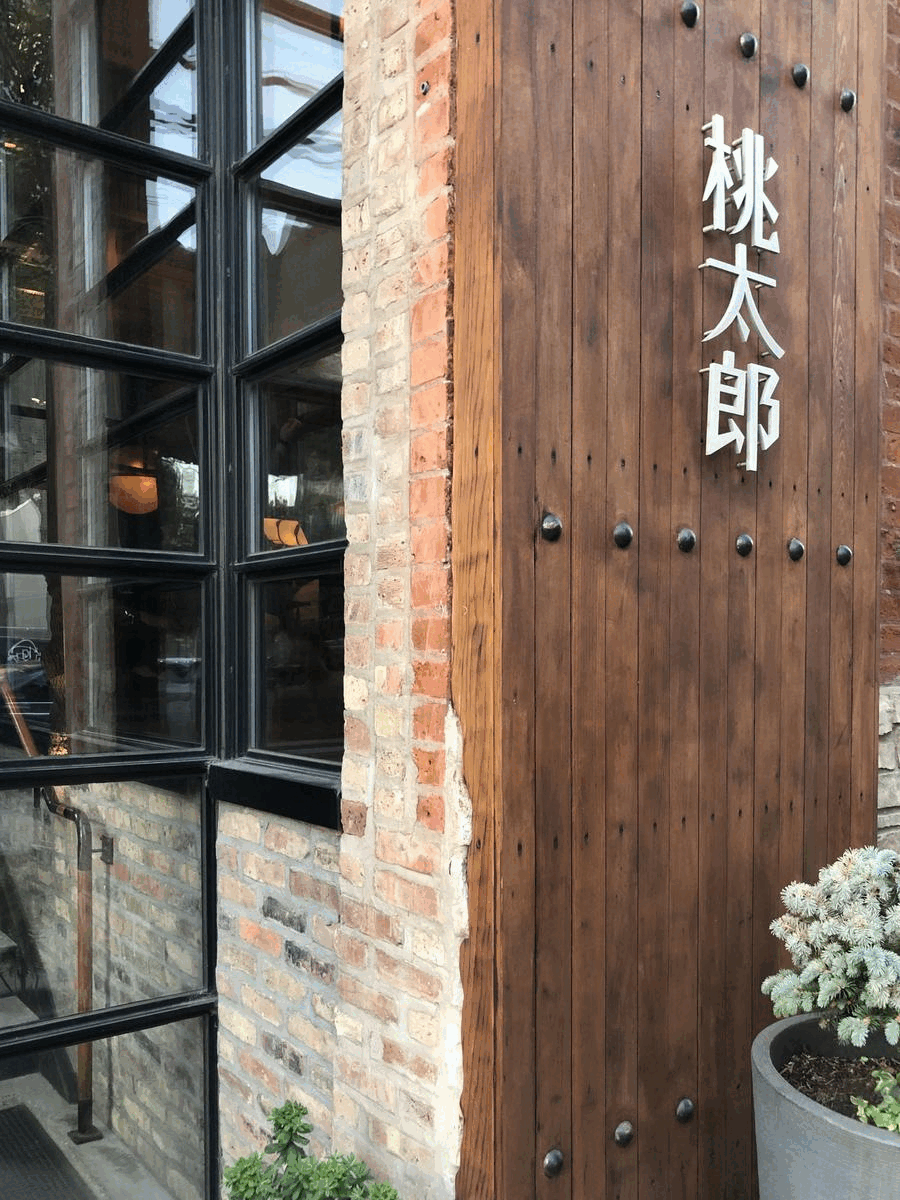
4. What was your favorite piece of architecture in Chicago?
JW: Chicago has too many pieces of amazing architecture to choose just one. You can really sense the pride and appreciation for architecture and public spaces throughout the city.
JC: This may be an impossible question to answer, but in general I was most inspired by the attention to detail and design everywhere – not just in big architecture and landmarks, but the hole-in-the-wall restaurants, little details in the bathrooms, how light ripped through the rows upon rows of high rises, the flavors and plating of food, spaces that gathered people and interactions.
5. Coolest place you visited during your trip?
JW: I would have to say the Edith Farnsworth House by Ludwig Mies van der Rohe and commissioned by Dr. Edith Farnsworth out in Plano, Illinois.

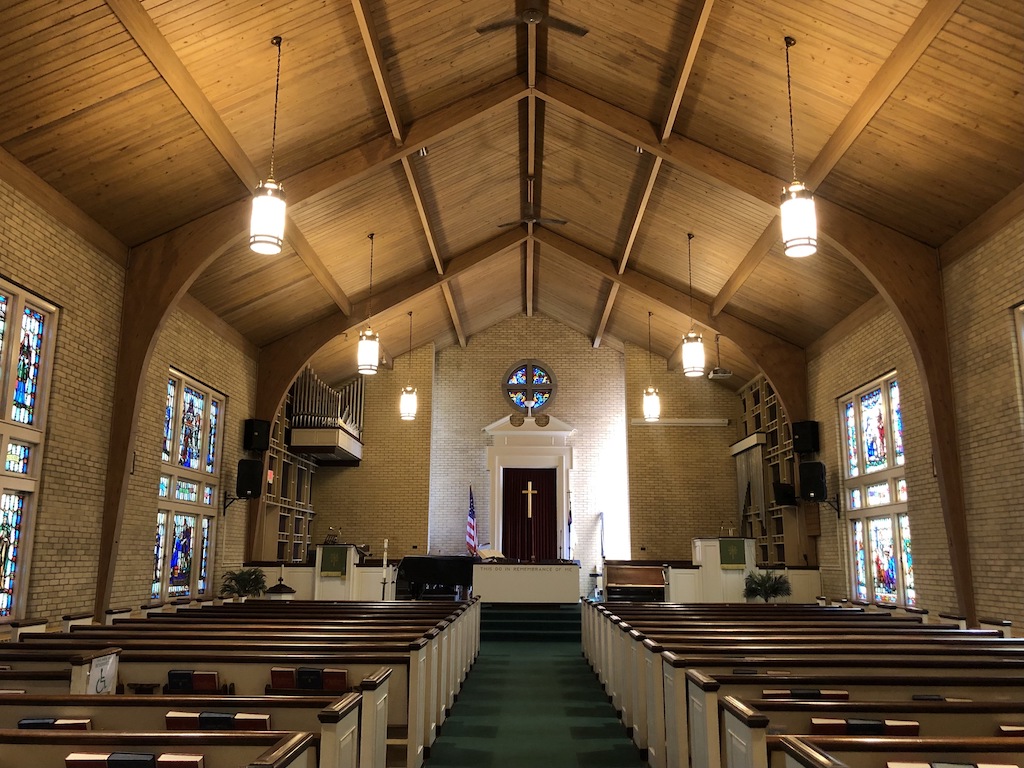
JC: Unrelated to the conference, I took a personal trip to Skokie, IL one afternoon (about an hour north of downtown) where my parents met and got married some 45 years ago. Weirdly, the church they got married at is today called ‘Carter Westminster Presbyterian Church’…! I arrived at the church 15 minutes after closing time, but tried the bell anyway in case someone was there to let me in. A lady answered the door and said I was in luck because a squirrel had gotten loose in the sanctuary, and someone had just finished rounding him up. She led me into the chapel and as soon as I set foot on the carpeted aisle, my eyes unexpectedly filled with tears as I imagined all the thoughts that must have been running through my mom’s head on her wedding day – nerves, excitement, loneliness (she was the first in her family to immigrate to the states), love… I sat for awhile thinking of the life my parents built since they were last in this church and how hard it must have been at times, raising two kids, working full time. I grieved my own hardships and current state of exhaustion, but was thankful mostly for the opportunity I had to come to this place and reflect with some semblance of perspective wider than the inches and hours that my mind had been operating on for last several months.
6. Do you have any additional comments, key takeaways, tips, etc.?
JW: It was nice to have shared my first AIA conference and first time in Chicago with Jenn Carter. We were study buddies throughout our architecture licensing journey, and it felt like a special treat to experience this with her.
JC: Happy Two-Year Licensed Anniversary for Jen Wong and myself! This trip was a great way to zoom out, reflect on our careers, our intent, our love for architecture, and the “meaningful thing” we too hope to contribute.
